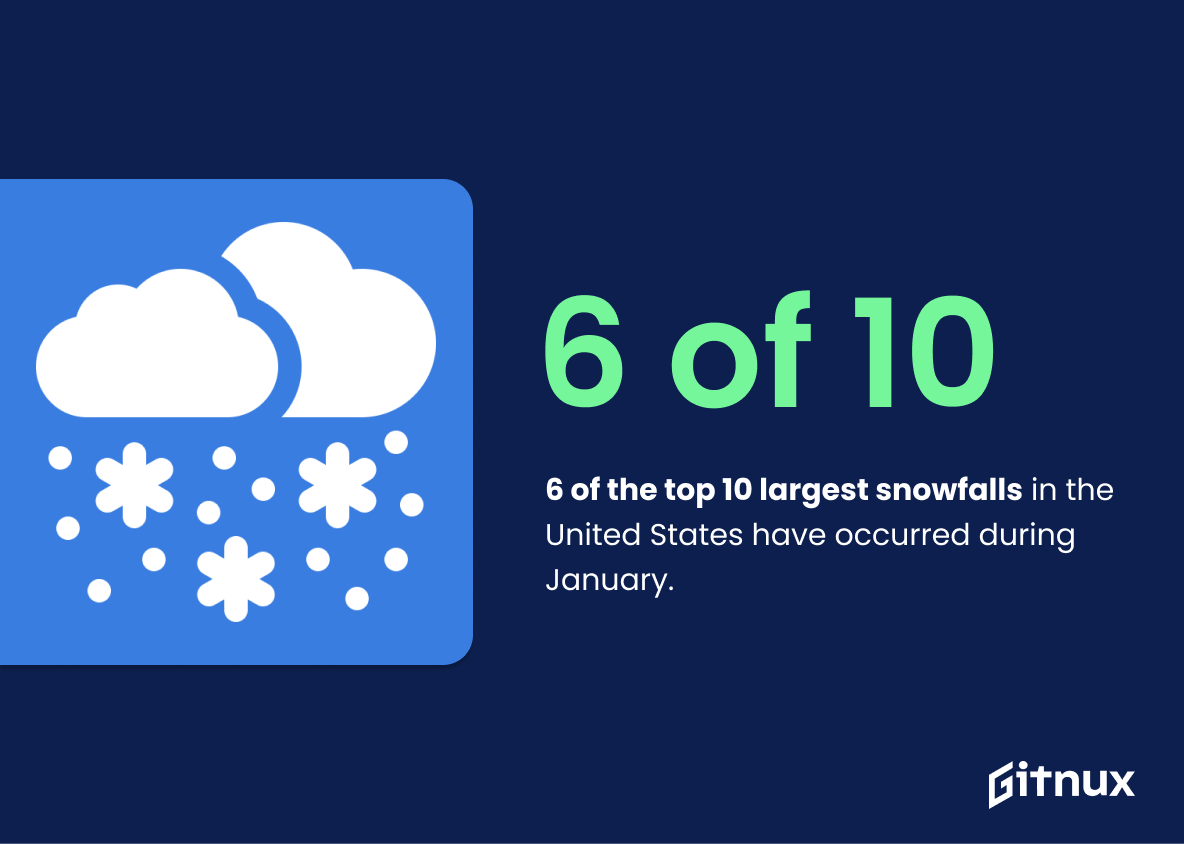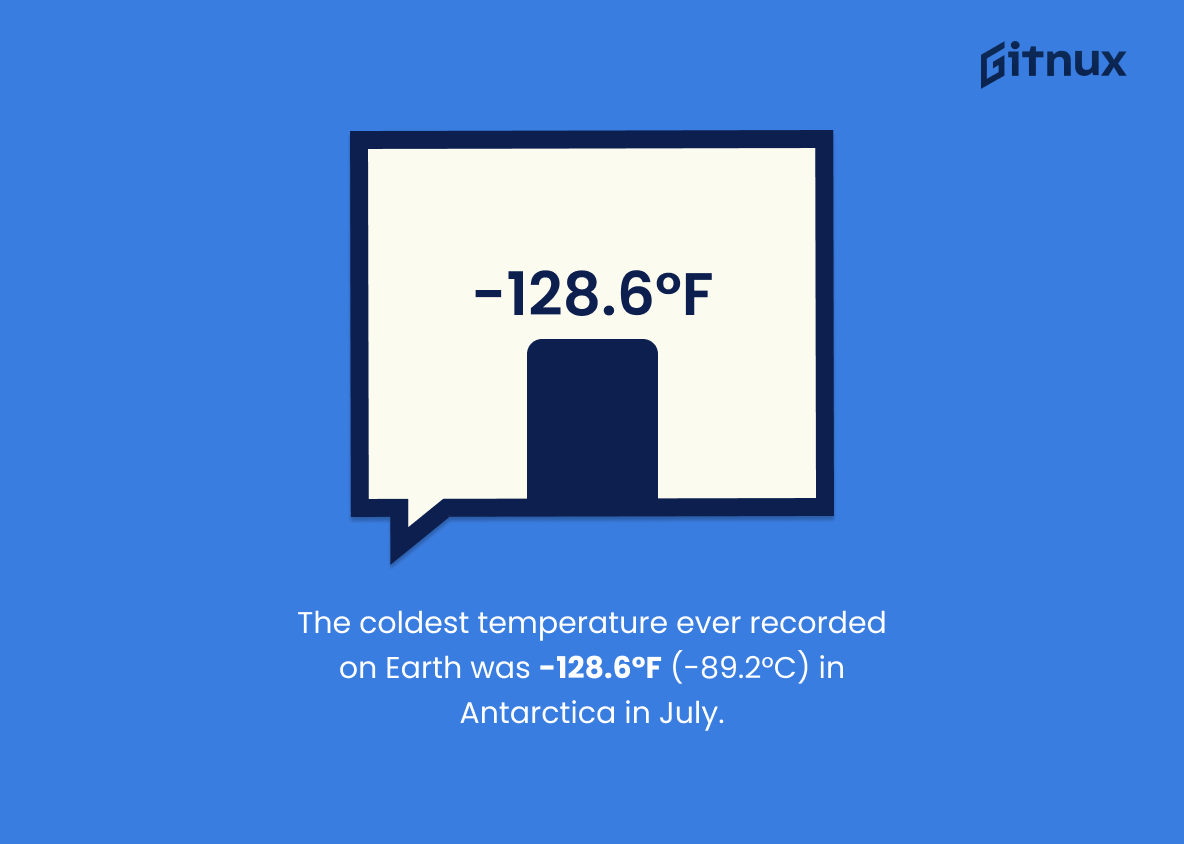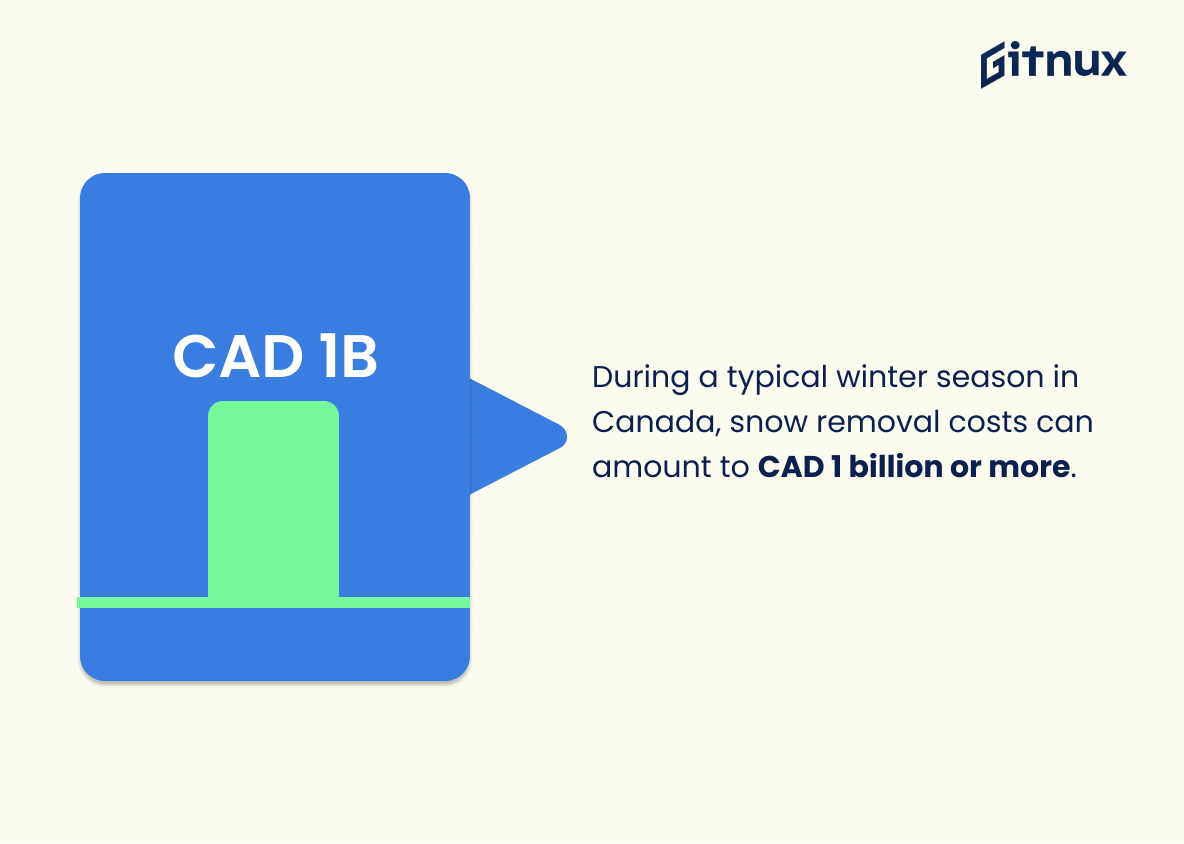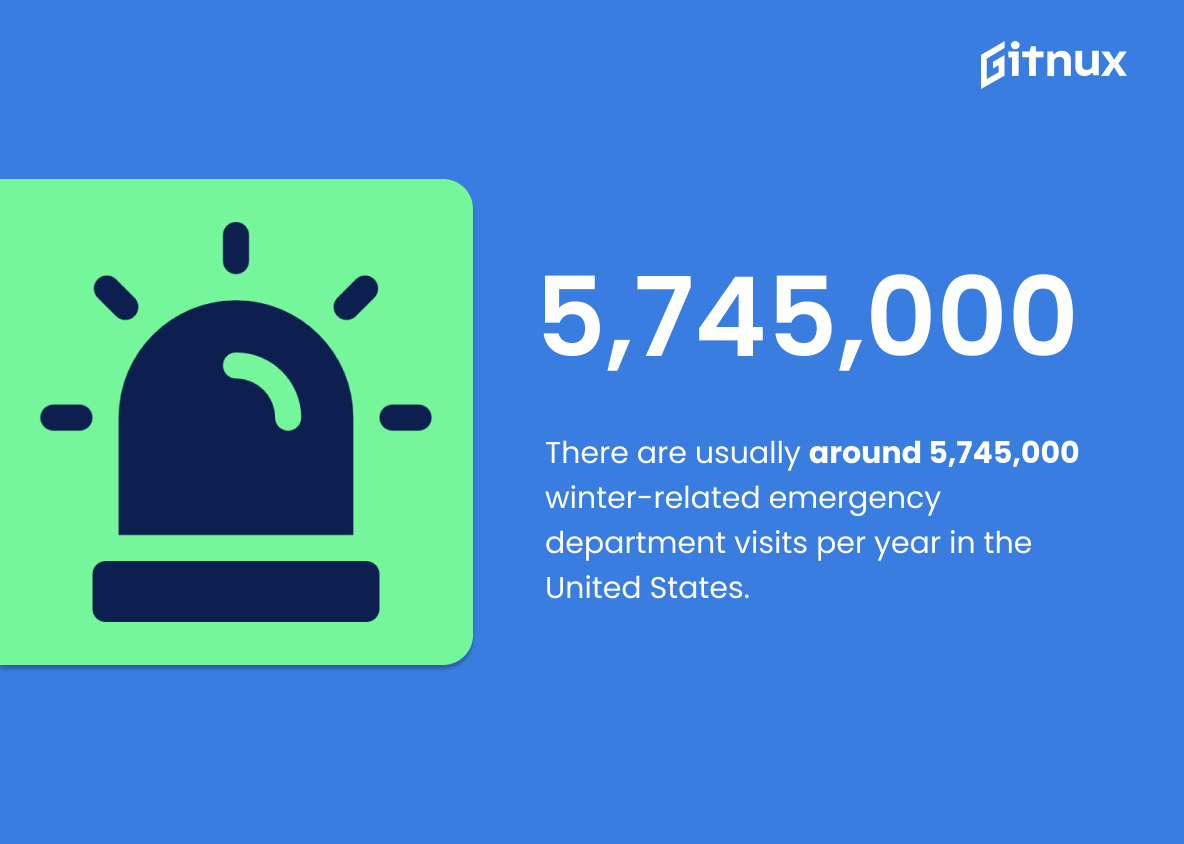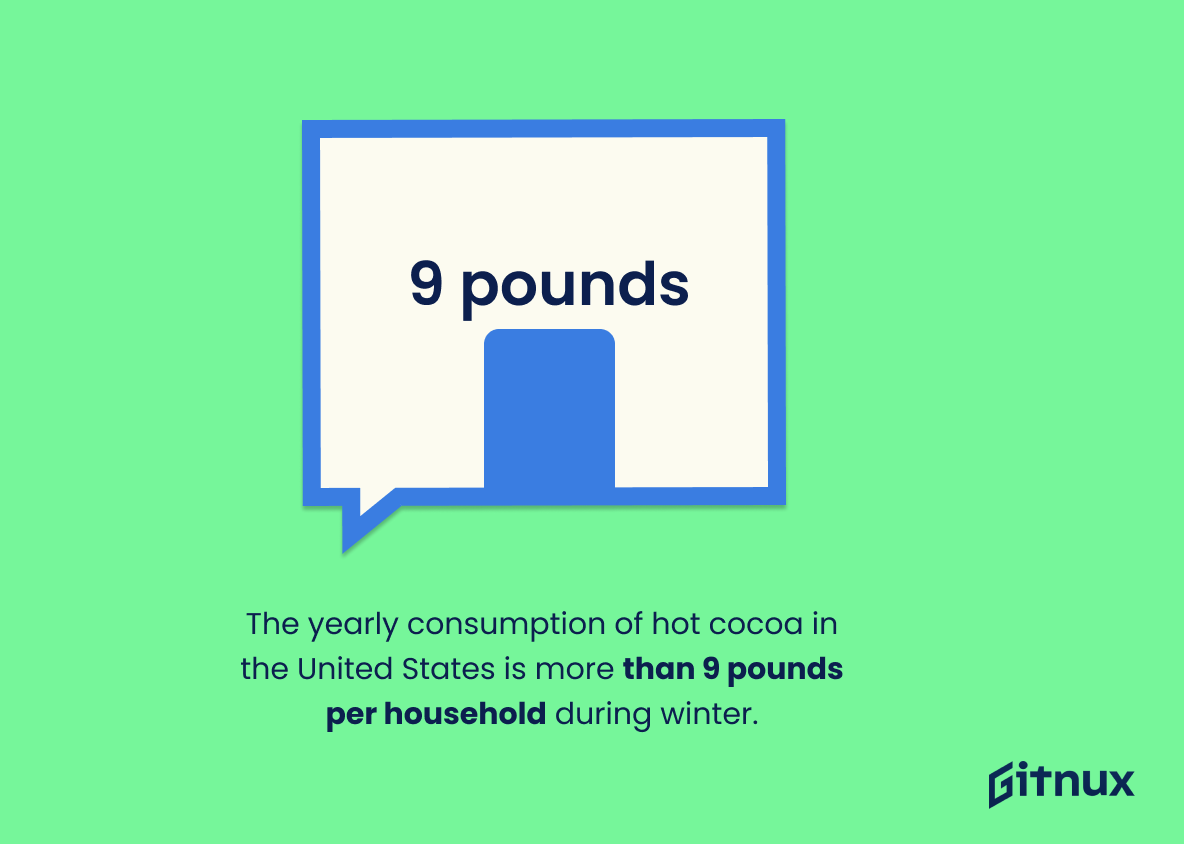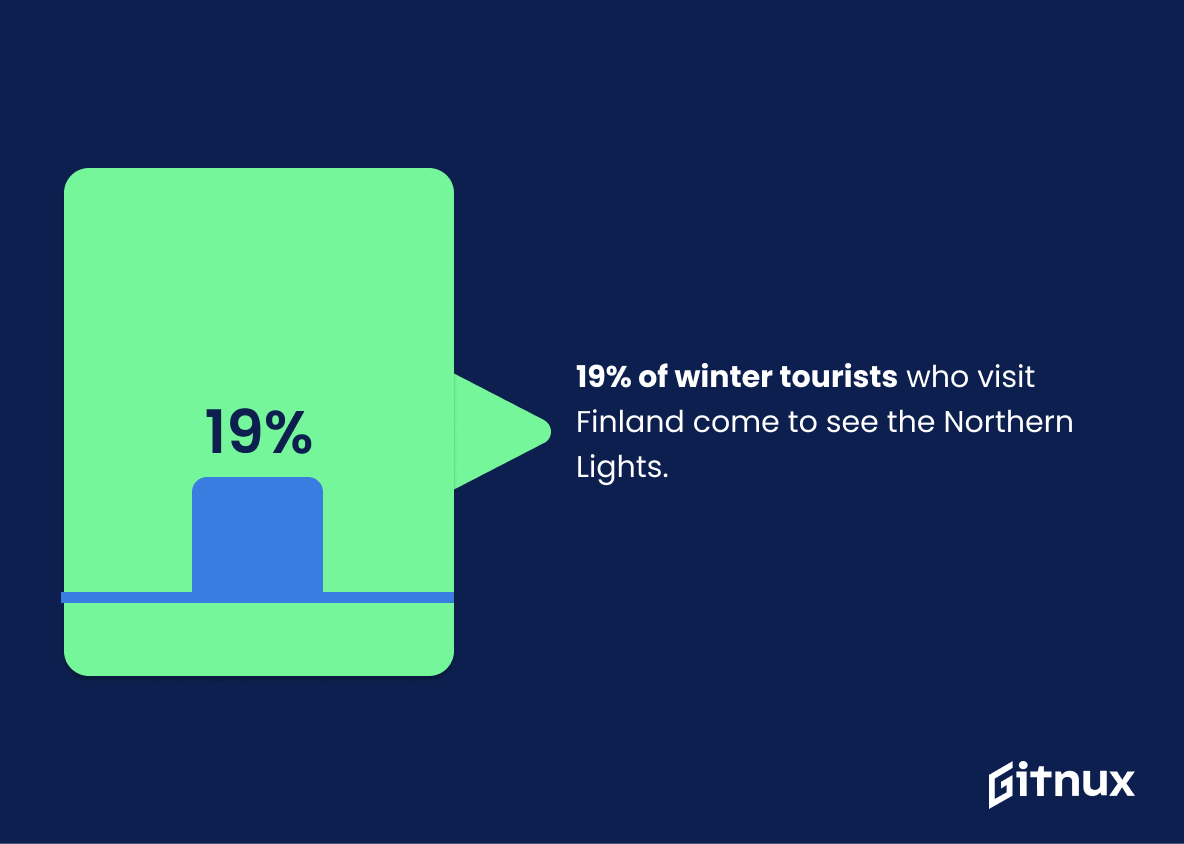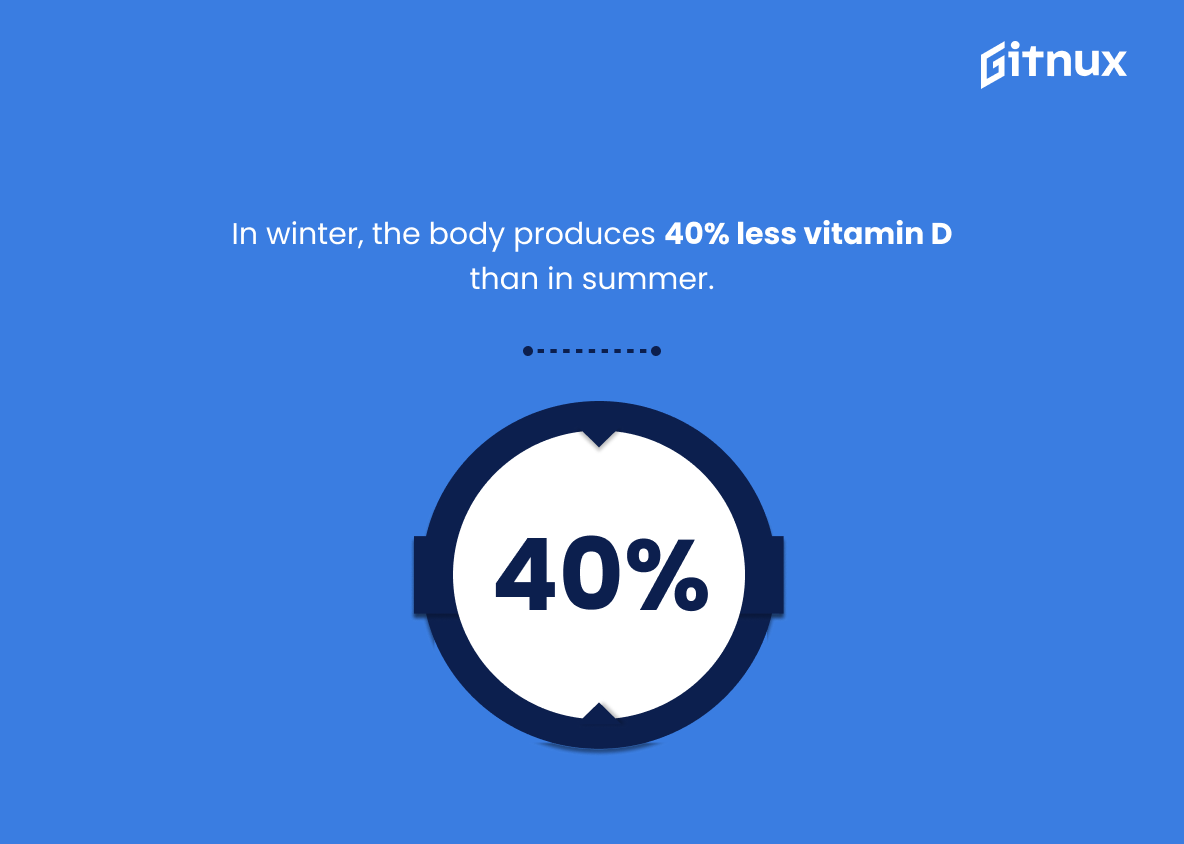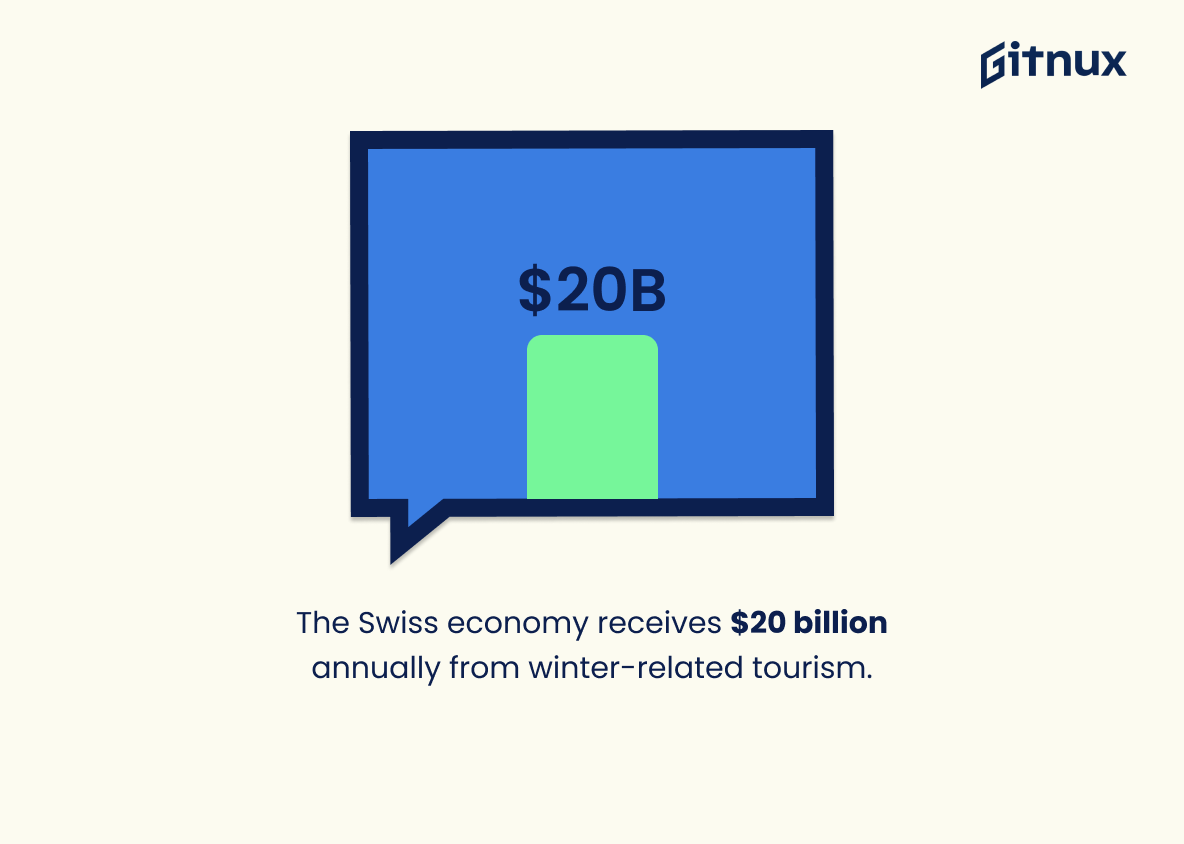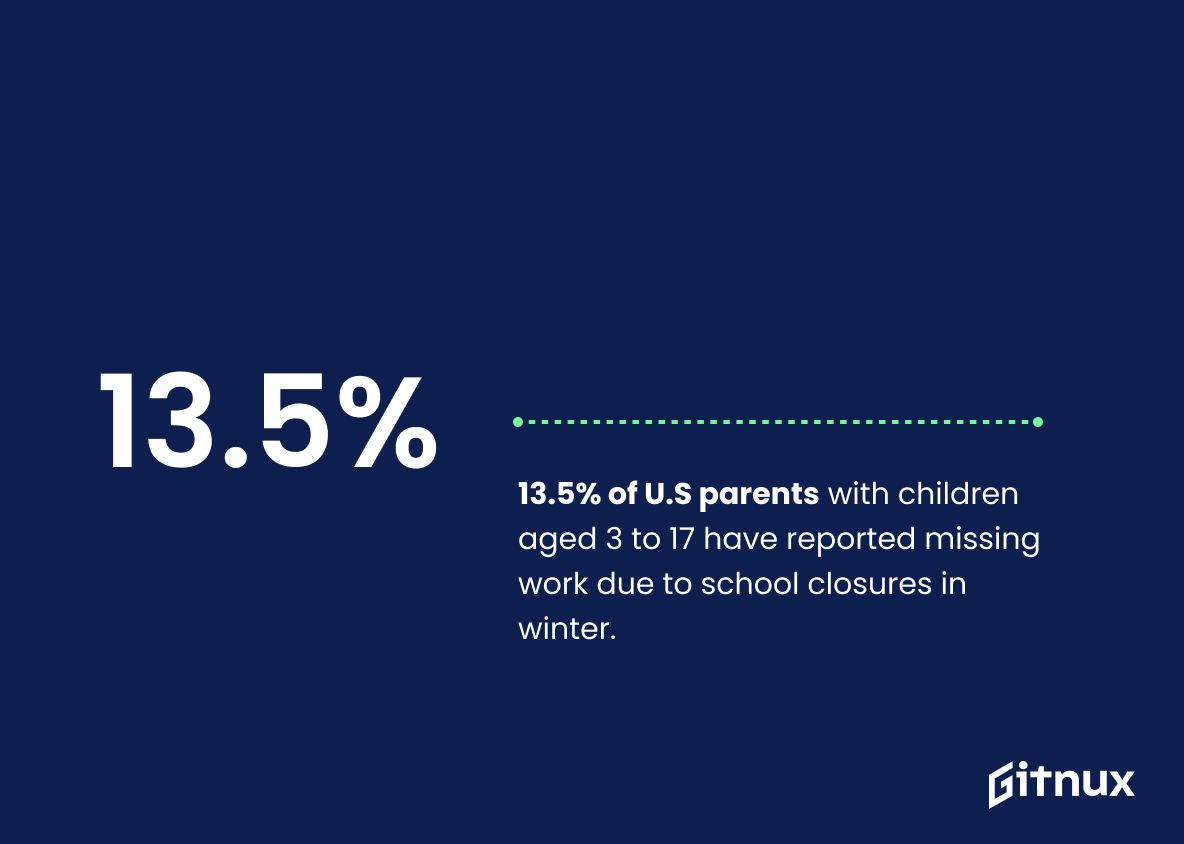Winter is a season of extremes, from the coldest temperatures on Earth to record-breaking snowfalls and sunny days. It’s also a time when many activities take place, such as skiing trips, holiday shopping sprees and winter sports competitions. With this in mind, let’s explore some interesting statistics about winter around the world. From water consumption for agriculture purposes during the winter months to hours of sunlight annually in the U.S., 6 out of 10 largest snowfalls occurring during January or car accidents caused by icy roads – these are just some examples that will be discussed here today. We’ll also look at how much hot cocoa Americans consume each year and how much money Swiss economy receives from tourism related to wintersports every year. So join us now as we dive into an exploration of fascinating facts about Winter Statistics.
Winter Statistics Overview
6 of the top 10 largest snowfalls in the United States have occurred during January.
This statistic is a telling indication of the winter season’s potential for extreme snowfall. It highlights the fact that January is a month to be prepared for, as it is likely to bring some of the most intense snowfall of the year. This is an important point to consider when discussing winter statistics, as it can help people plan accordingly and be prepared for the winter months.
The coldest temperature ever recorded on Earth was -128.6°F (-89.2°C) in Antarctica in July (winter in the Southern Hemisphere)
This statistic serves as a stark reminder of the extreme temperatures that winter can bring, particularly in the Southern Hemisphere. It highlights the importance of being prepared for the coldest of winter days, and the need to take extra precautions when venturing out in such conditions.
About 17.8 million skiers visit U.S. ski resorts each winter season.
This statistic is a testament to the popularity of skiing in the United States. It shows that millions of people flock to ski resorts each winter season, making skiing one of the most popular winter activities. This statistic is important to consider when discussing winter statistics, as it demonstrates the impact skiing has on the winter season.
During a typical winter season in Canada, snow removal costs can amount to CAD 1 billion or more.
The staggering cost of snow removal in Canada during winter is a stark reminder of the impact winter has on the nation. It’s a hefty price tag that Canadians must bear, and one that serves as a testament to the power of winter.
The U.S winter holiday retail sales were $789.4 billion in 2020.
This statistic is a testament to the strength of the U.S. economy during the winter season. It shows that despite the pandemic, people were still willing to spend money on holiday gifts and other items. This statistic is a great indicator of the overall health of the economy and can be used to gauge consumer confidence. It is also a great way to measure the success of businesses during the winter season.
There are usually around 5,745,000 winter-related emergency department visits per year in the United States.
This statistic is a stark reminder of the dangers of winter weather. It highlights the importance of taking precautions during the winter months to avoid becoming one of the 5,745,000 people who end up in the emergency department each year.
Approximately 32,000 car accidents annually in the US are a result of winter weather conditions.
This statistic is a stark reminder of the dangers of winter weather conditions on the roads. It highlights the importance of taking extra precautions when driving in winter, such as ensuring your car is well-maintained and that you are driving at a safe speed. It also serves as a warning to be aware of the potential risks of winter driving and to take the necessary steps to stay safe.
The yearly consumption of hot cocoa in the United States is more than 9 pounds per household during winter.
This statistic is a testament to the fact that winter is a time for comfort and warmth, and hot cocoa is a great way to achieve that. It shows that Americans are embracing the winter season and finding ways to make it enjoyable. This statistic is a reminder that winter can be a time of joy and relaxation, and hot cocoa is a great way to make that happen.
There has been a 67% increase in winter sports participation in China since the 2022 Winter Olympics announcement.
This statistic is a testament to the power of the 2022 Winter Olympics announcement in China. It shows that the announcement has had a significant impact on winter sports participation in the country, with a 67% increase in the number of people taking part. This is an impressive figure and demonstrates the potential of the Olympics to inspire people to take up winter sports. It is an important statistic to consider when discussing winter sports and the 2022 Winter Olympics.
19% of winter tourists who visit Finland come to see the Northern Lights.
This statistic is a shining example of the allure of Finland in the wintertime. It speaks to the beauty of the Northern Lights and the draw they have for tourists from around the world. It is a testament to the power of nature and the impact it can have on people’s lives.
During the winter, the human body produces 40% less vitamin D compared to summer months.
This statistic is significant in the context of a blog post about Winter Statistics because it highlights the importance of supplementing vitamin D during the winter months. Vitamin D is essential for healthy bones, muscles, and overall well-being, and the decreased production during the winter can lead to deficiencies that can have serious health consequences.
Approximately 30% of American households heat their homes with electric heating during the winter months.
This statistic is significant in the context of Winter Statistics because it provides insight into the energy consumption of American households during the coldest months of the year. Knowing that 30% of households rely on electric heating to keep their homes warm during the winter months can help inform decisions about energy efficiency and conservation.
The Swiss economy receives $20 billion annually from winter-related tourism.
This statistic is a testament to the immense economic impact of winter-related tourism in Switzerland. It highlights the importance of winter tourism to the Swiss economy, and serves as a reminder of the potential for winter-related activities to generate significant revenue.
13.5% of U.S parents with children aged 3 to 17 have reported missing work due to school closures in winter.
This statistic is a stark reminder of the impact winter has had on the lives of U.S parents with school-aged children. It highlights the disruption to their work-life balance caused by school closures, and the financial implications this can have. It is a timely reminder of the importance of winter planning and preparation.
Austria has hosted the Winter Olympic Games twice, placing second in the list of countries that have hosted this event the most.
Austria’s impressive feat of hosting the Winter Olympic Games twice is a testament to the country’s commitment to winter sports. This speaks volumes about the nation’s dedication to the winter season and its enthusiasm for the Olympic Games. It is a remarkable accomplishment that places Austria second in the list of countries that have hosted the event the most, and is a great example of the nation’s passion for winter sports.
The longest skating season in the world is in Ottawa, Canada, with an average length of 48 days per winter.
This statistic is a testament to the wintery resilience of Ottawa, Canada. With an average skating season of 48 days, Ottawa is a winter wonderland that can be enjoyed for a longer period of time than most other places. This statistic is a reminder of the beauty and joy that winter can bring, and it’s a great reminder to make the most of the season.
Conclusion
From the statistics presented, it is clear that winter has a significant impact on many aspects of life around the world. From agriculture to tourism and from energy consumption to health, winter affects us all in different ways. It is also evident that some countries are more prepared for this season than others due to their geographical location or infrastructure investments made over time. Finally, we can see how important it is for people everywhere to be aware of the potential risks associated with cold weather conditions and take necessary precautions accordingly.
References
0. – https://www.mentalfloss.com
1. – https://www.www.weather.gov
2. – https://www.www.researchgate.net
3. – https://www.datacenter.kidscount.org
4. – https://www.www.statista.com
5. – https://www.www.theweathernetwork.com
6. – https://www.ops.fhwa.dot.gov
7. – https://www.www.ncc-ccn.gc.ca
8. – https://www.www.olympedia.org
9. – https://www.www.reuters.com
10. – https://www.www.currentresults.com
11. – https://www.www.circleofblue.org
12. – https://www.www.ncdc.noaa.gov
13. – https://www.www.ncbi.nlm.nih.gov
